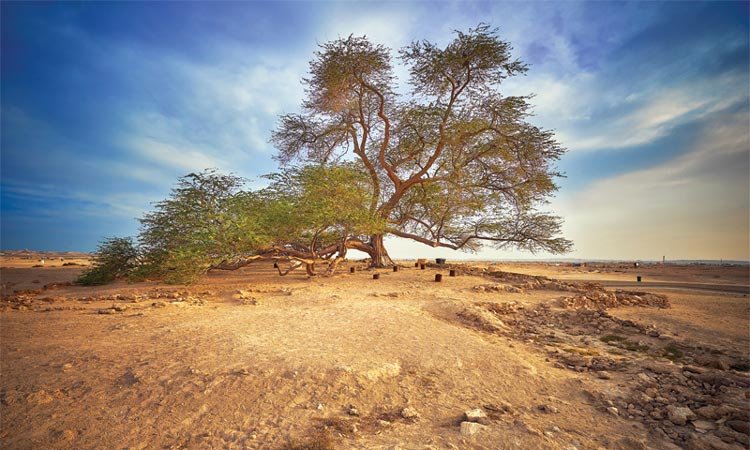Coming from the lush tropical greenery of the rain forest where I once lived in Uganda, Africa, I was overwhelmed by the contrast of the rocky terrain of the Middle East. In any direction, rocks with subtle variations of the same earthy nuance greeted my eyes. I was told that a few space movies had been filmed here, as the terrain is pretty close to what Mars looks like. Yet, despite its desolation, this land possesses its own unique beauty.
One thing the desert does is make you appreciate anything that is green. In this area, gardeners often leave weeds growing if they are not hindering other plants, as anything green is appreciated as a relief from all the brown that fills one’s eyes.
A few weeks after we arrived, we were invited to a Bedouin camp to distribute aid packages. After meeting these hospitable and resourceful people, we had the opportunity to amble through the hilly surroundings. One feature of the landscape that drew my attention was the occasional oak tree that grew at crazy angles out of outcroppings in the rocky soil.
Despite the harsh environment where rain falls only a few days a year, these oaks flourish. How do they do it?—Their secret is their far-reaching roots. And what is the use of these islands of green in an ocean of rock? I found out later that the flowers and fruit of the oak trees provide sustenance for many kinds of wildlife. They also serve as a welcome source of shade, windbreak, or a hedge. And, of course, they also help reforest areas and prevent erosion.
These trees demonstrate a high degree of resilience as they are tolerant of harsh conditions such as drought. They regenerate quickly after fires. They also sprout again after being cut to the ground or grazed upon by animals. Surprising as it seems, they flourish in the poor ground of dry limestone.
Perhaps it was a whisper in the wind that spoke to my heart, saying: “Be like the oak tree, and give some green to this desert world you live in. To do so, you must let your roots grow deep.”
